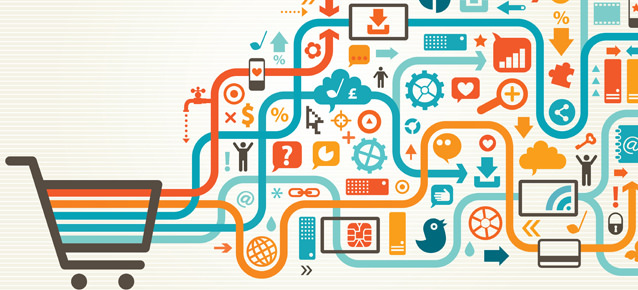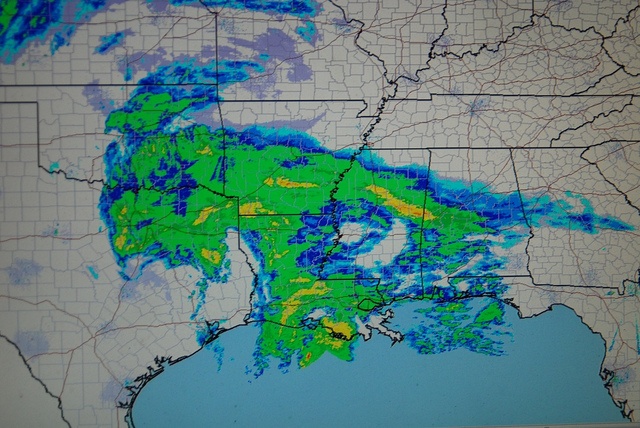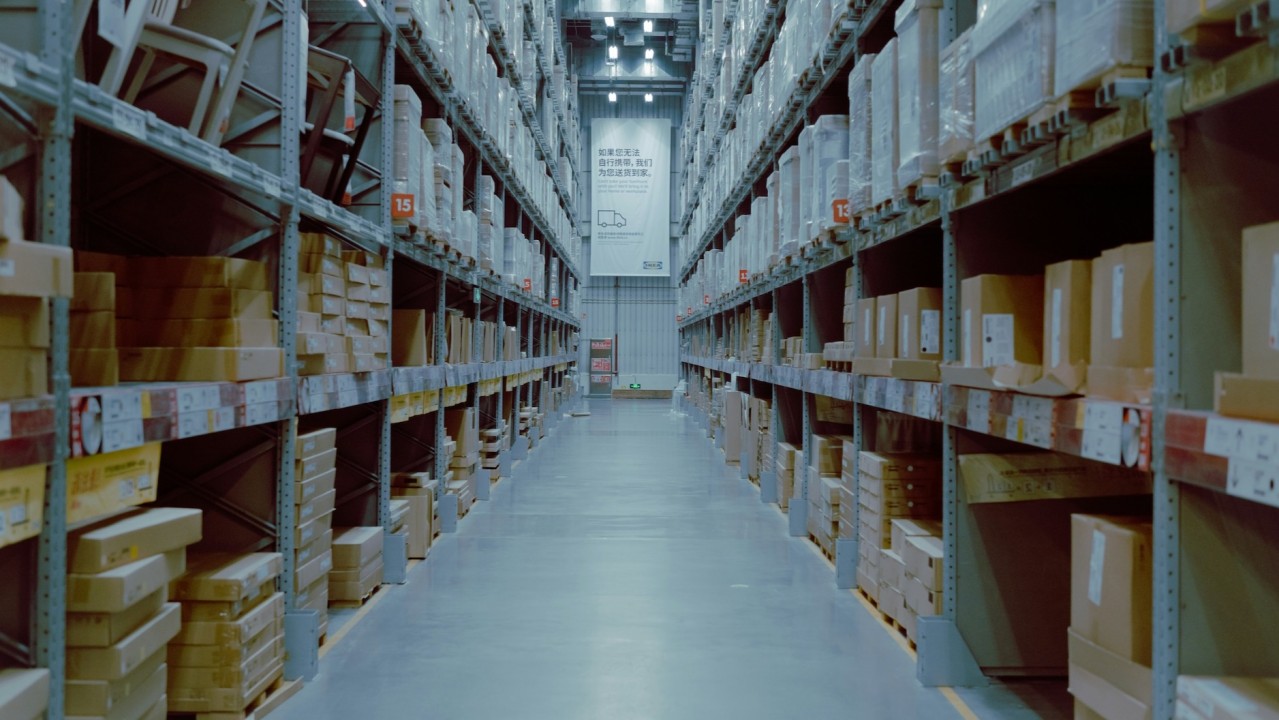Creating a Customer Centric Supply chain can be a tricky thing, especially since it’s a departure from the “tradition” supply chain model. While each business has its own operational needs, there are a few concepts that are relatively universal.
1. Predict Demand With Technology and Data
Data. It’s everywhere, so much so that sometimes we are overloaded with it. The phrase “miss the forrest for the trees” comes to mind.
However, if you look at the right data, in the right way, you can glean critically important and actionable information for executives to leverage. In the case of predicting demand, technology gives today’s businesses an edge.
In order to do this kind of analysis, serious investment in your supply chain is required. Additionally, executives need to be quick enough in their decision making to respond in a timely manner.
2. Multiple Fulfillment Channels

“Omnichannel” seems to be the phrase de jour. However, it’s not without merit. Nowadays, customers have more options than ever when it comes to ordering food, goods, or services. These channels include mobile devices, online, in-store and more – they use whichever channel is most convenient at any given time.
A major characteristic of customer centric supply chains is taking omnichannel to the next level by having multiple channels for delivery. Some big retailers, for example, have the option to buy online and pick up in the store.
Quick delivery is an important factor within this omnichannel paradigm.
Why do people choose omnichannel ordering? Convenience and speed. As an extension of that, the delivery process has to provide the same experience. In addition, the experience itself should be a positive one – often times the delivery experience itself is just as important as the product that is being delivered.
3. Non-Sales Activities Pushed Back Up the Supply Chain
One good example of a company creating a customer centric supply chain is Best Buy. The company reinvented its supply chain to meet the demands of the modern age. One of their most important changes was taking non-sales activities back up the supply chain; essentially, the manager of the supply chain becomes the one that controls all the flow of goods and information.
In Best-Buy’s case, they implemented a system in which store shipments were placed based on the layouts of a particular location, this increase efficiency and decreased the time it took for goods to get delivered.
4. Improved Forecasting

In the omnichannel age, forecasting is extremely important. But, its not just forecasting in the way it has been done previously – disparate forecasting for different locations – it needs to be centralized.
With technology, creating this kind of forecast can be accomplished, but investment is required. However, technology is not the only thing that requires investment – process is equally as important. Doing a full, top-down assessment of the current forecasting strategy, what works and what doesn’t, and then implementing new industry standard processes that work in an omnichannel age is the best way to move forward.
5. Better Visibility
Visibility has two aspects: Internal and External. Internally, businesses need to have full visibility over their own fleets, inventory, warehouse and drivers. On the customer end, consumers today want to have full visibility over their delivery – from when it leaves the warehouse, restaurant, or service center until it arrives to their house. The gold standard of this kind of visibility is a real-time map accessible through a mobile device.



